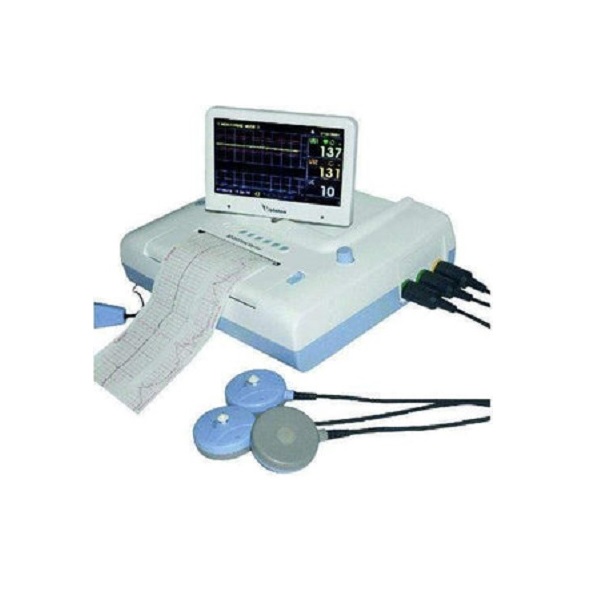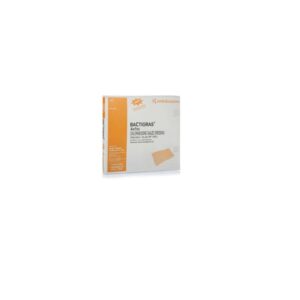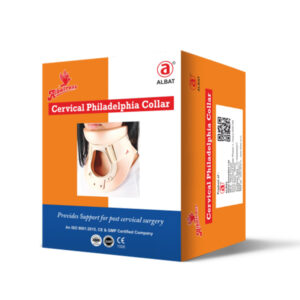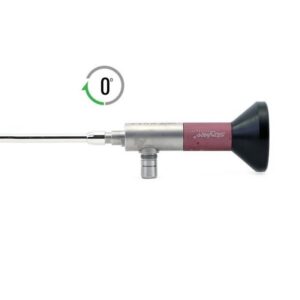Niscomed Bistos BT-350 Single Probe Foetal Monitor
MPIN: MP92226
Sign in to view priceAsk for Quote
– The Niscomed Bistos BT-350 Foetal Monitor is single probe with 7 inch wide TFT colour LCD display
– The fetal heartbeat monitor allows for foetal heart sound play and record function
– The fetal heart rate monitor has a rotating screen and it supports multiple languages and has a built-in quick-guide (LCD type only), a waterproof probe and is GE/Philips paper compatible
– The fetal heart monitor also includes single ultrasound Doppler probes and holders, an event marker jack, power adaptor and cord, three probe belts, a UC probe, two packs of printer paper, one bottle of ultrasound gel, and an operations manual
– Foetal Heart Monitor or foetal Doppler is handheld ultrasound monitor used to hear an embryo’s heartbeat. The Foetal Doppler machine emits ultrasound waves into the area and the foetal heart reflects these waves emitted by the Doppler foetal heart monitor.
– The foetal heart monitor detects frequency change and then transforms it into sounds. Foetal Doppler provides an audible stimulation of heart beat and may also display heart rate in Beats per minute.
– The foetal Doppler is used by exposing the abdomen and applying ultrasound or fetal doppler gel and placing the probe in the fetal doppler gel before turning on the foetal doppler mahine. The probe of the foetal doppler is glided from the pubic bone towards the umbilicus till foetal heartbeat is detected by the foetal doppler.
– Fetal Doppler scan at 6 weeks usually detects embryonic heartbeat. Foetal Doppler at 9 weeks usually detects 160-180 beats per minute. Fetal Doppler ultrasound normal values should be discussed with your doctor. Doppler Ultrasound for fetal heartbeat is usually very accurate, but still the Doppler ultrasound fetal heart rate should be discussed with a doctor when in doubt.
Shipping Policy
Orders made at Medpick are initiated and processed for shipment upon receipt of request from the customer. Please note that our Shipping Services (Fee, Transportation, Loss or Damage of any shipment, etc.) are in accordance with the Seller\'s terms of Shipment.
Refund Policy
Please refer to Medpick Return Policy.
Cancellation / Return / Exchange Policy
Please refer to Medpick Return Policy.
 REGISTER
REGISTER
 SIGN IN
SIGN IN











 Free Shipping
Free Shipping

